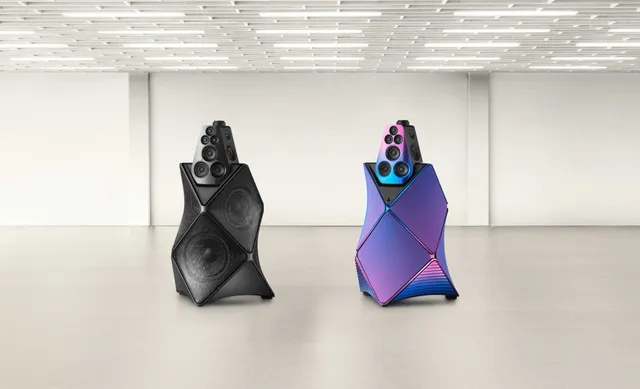Louis Vuitton Revives the Cult Classic Monterey
Louis Vuitton reissues its first watch, the Monterey, originally designed in 1988 by architect Gae Aulenti. With a limited edition of 188 pieces, this release reinforces Louis Vuitton’s position as a luxury design house, emphasizing craftsmanship and design heritage over mere fashion.
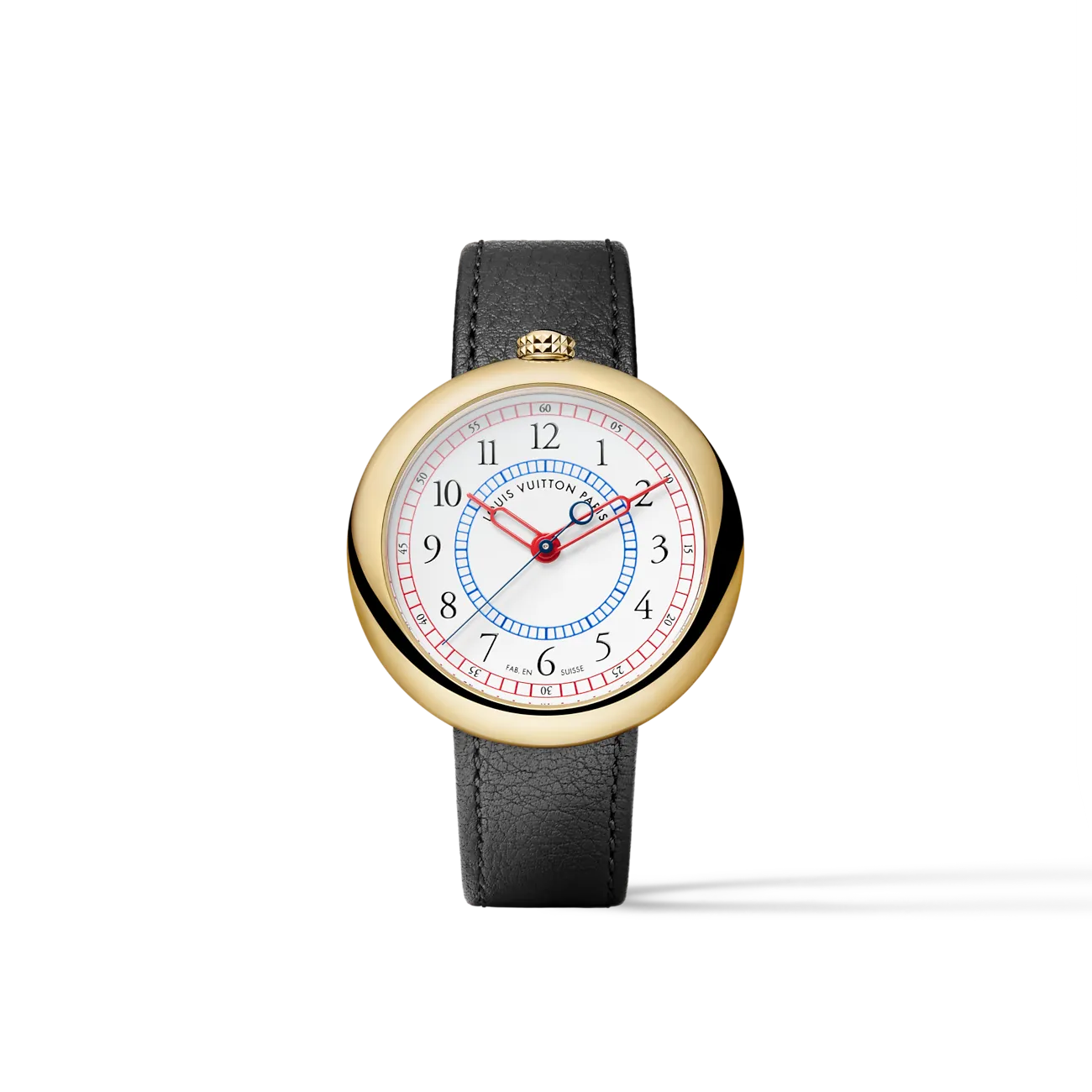
The Setup
Louis Vuitton’s first watch wasn’t Swiss. It was sculptural. Designed in 1988 by architect Gae Aulenti, the Monterey looked more like a modernist pebble than a wristwatch. It placed the crown at 12, stripped away lugs, and treated time as a design object instead of a technical statement.
Nearly four decades later, the Monterey returns in 18K yellow gold with a white Grand Feu enamel dial and an in-house automatic movement.
This is a statement piece. A reissue that is more about validation than nostalgia. The case is smooth and continuous, the dial exacting, and the edition capped at 188 pieces. The quartz has been replaced by a mechanical heart, but the attitude is unchanged: elegance through composure.
The Breakdown
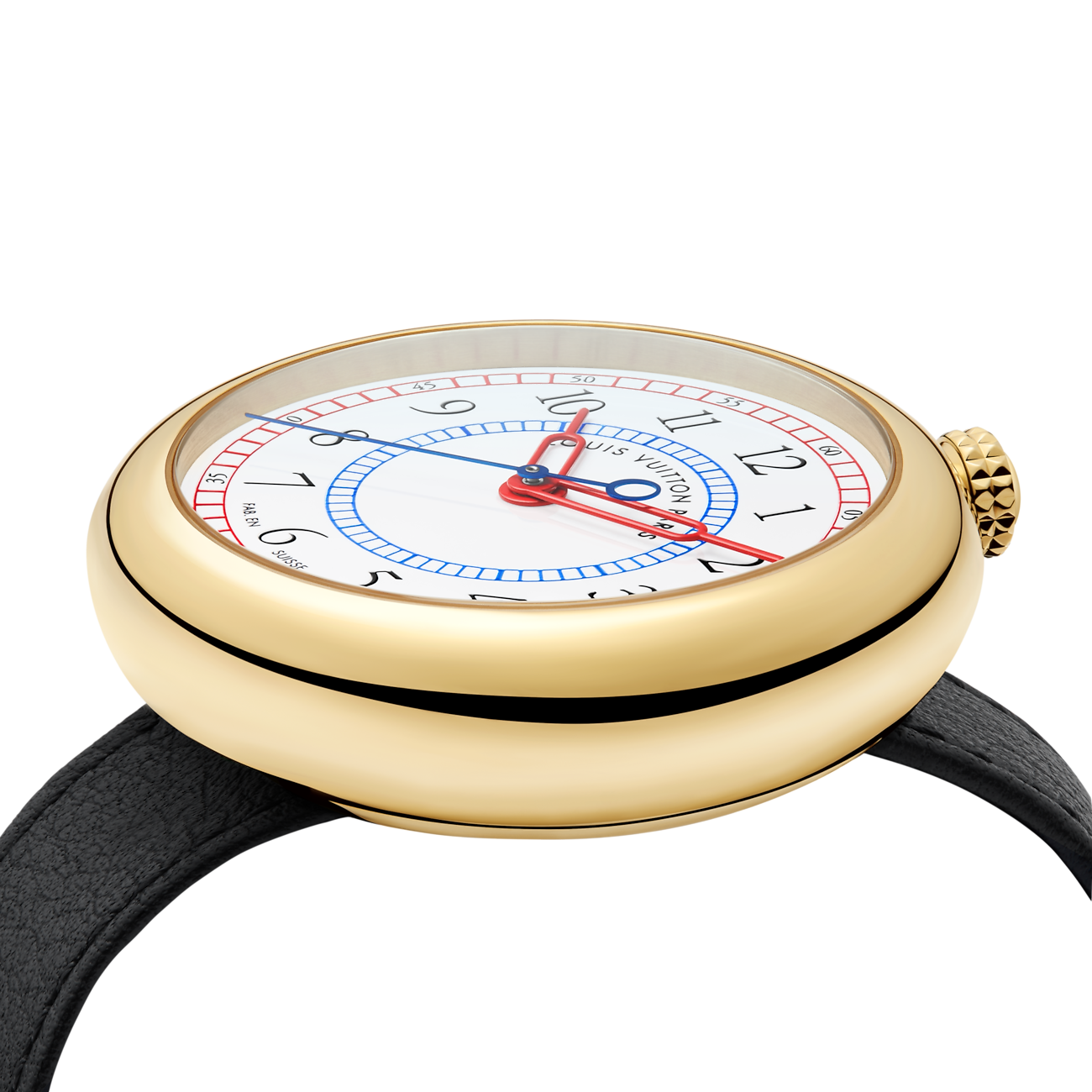
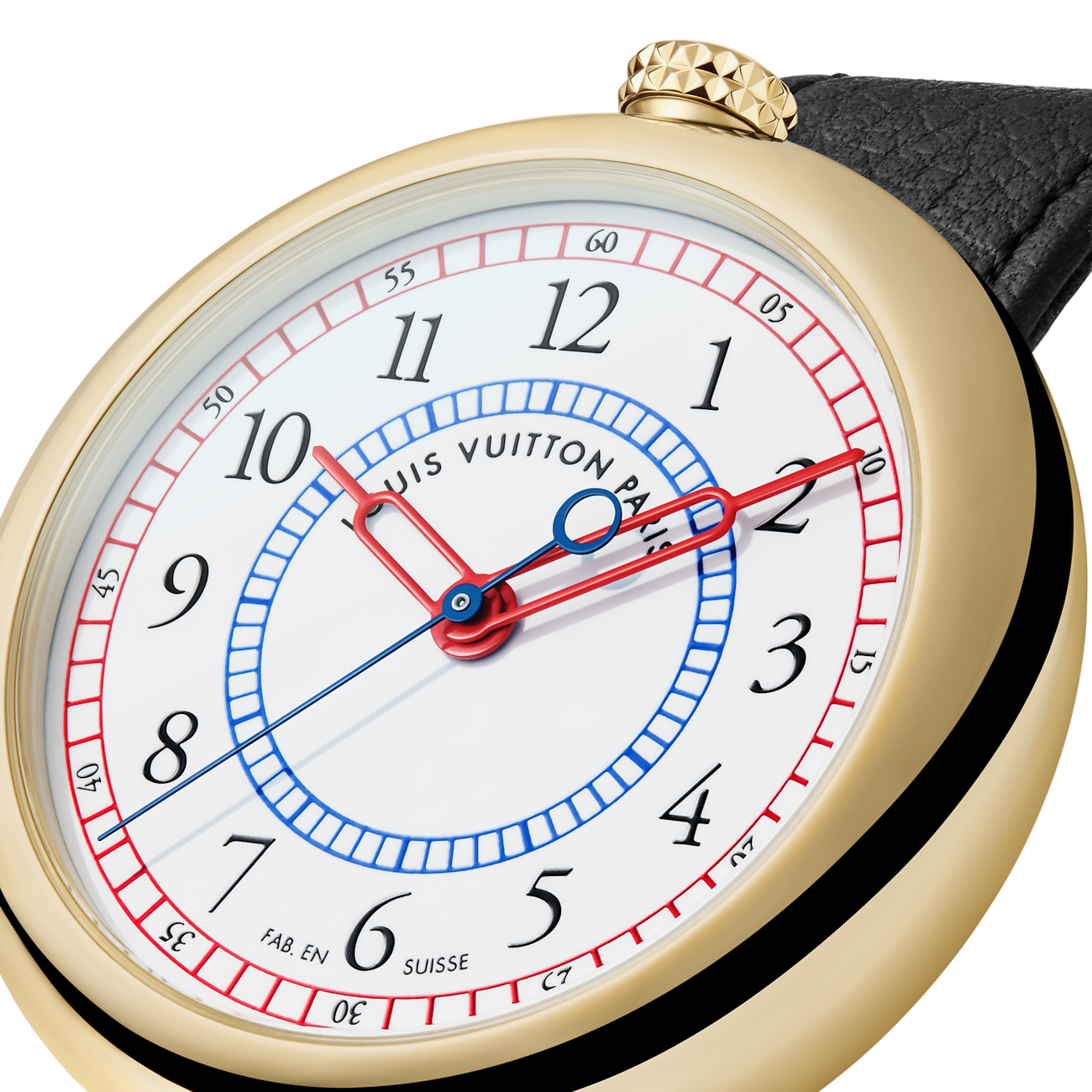
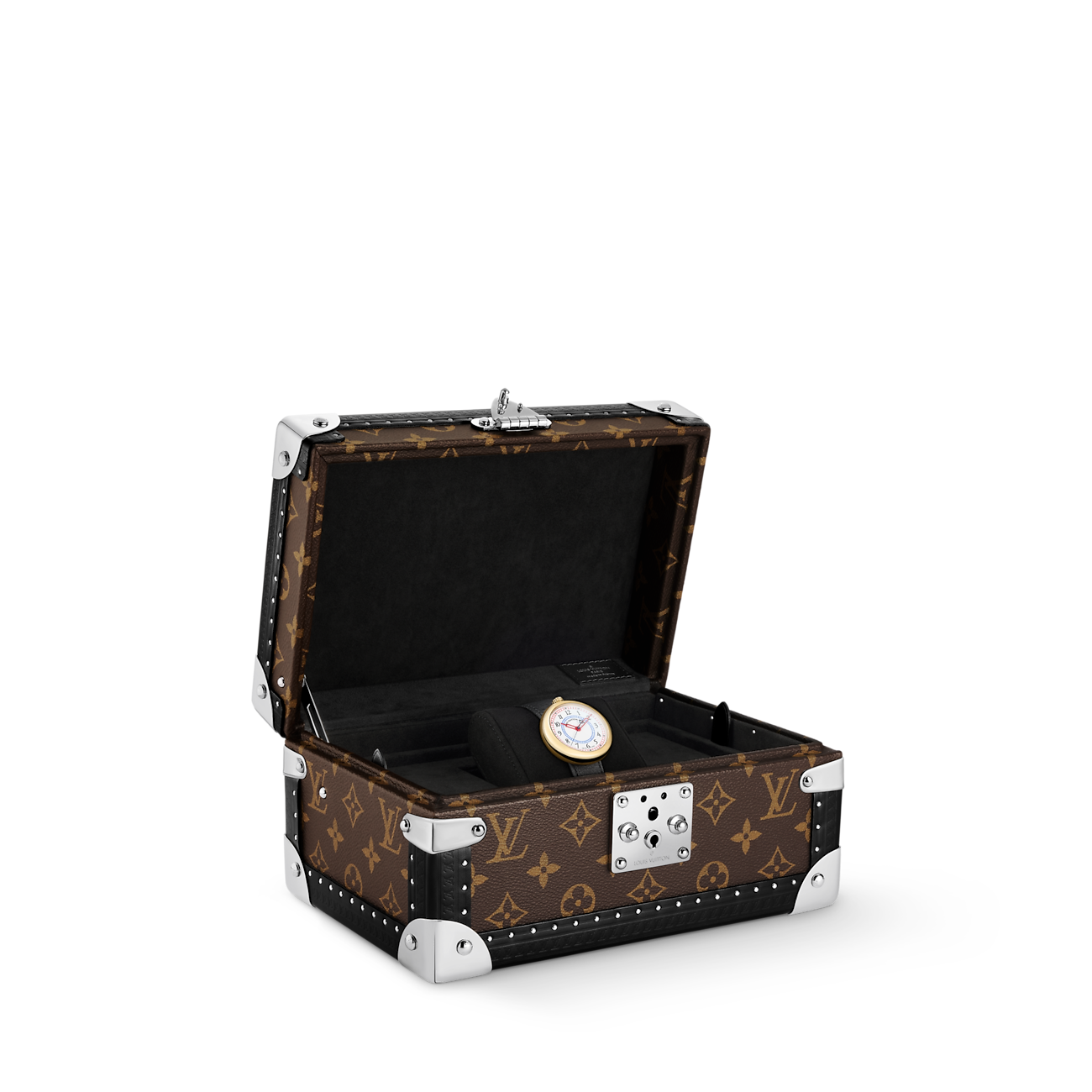
Louis Vuitton
Brand Positioning and Identity
Louis Vuitton positions itself as a luxury design house that transcends fashion. The Monterey reissue reinforces that identity by linking the brand’s watchmaking division, La Fabrique du Temps, with its architectural design heritage. The positioning is confident and mature: this is not a fashion watch but a design artifact produced with true manufacture-level craftsmanship. The message is that Louis Vuitton has earned its place in horology through vision and capability, not by borrowing credibility from Switzerland.
Target Segment and Audience
The Monterey appeals to collectors who value design lineage as much as mechanical integrity. It targets a cultural cross-section: architects, designers, fashion collectors, and established watch enthusiasts who see watches as wearable design rather than purely mechanical instruments. The watch is limited to 188 pieces, creating immediate scarcity and prestige for clients who respond to craftsmanship, exclusivity, and historical continuity.
Messaging and Storytelling
The storytelling draws on dual narratives: heritage and mastery. It connects the Monterey’s 1988 debut with the present day, showing how Louis Vuitton’s first watch design by architect Gae Aulenti anticipated the current fusion of design and horology. The narrative honors Aulenti’s original spirit while showing how modern craft, including Grand Feu enamel, in-house mechanics, and elevated finishing, realize the design’s full potential. The story is not nostalgic; it is evolutionary, showing the brand’s progression from outsider to established maker.
Experience and Journey
Louis Vuitton is guiding collectors through a rediscovery of its origins in watchmaking. The Monterey’s return invites buyers to revisit the original concept, an object born from design thinking, and experience it with the tactile quality, craftsmanship, and precision that only decades of growth could achieve. The experience is both intellectual and emotional, understanding where the design came from and feeling its refinement in the hand and on the wrist.
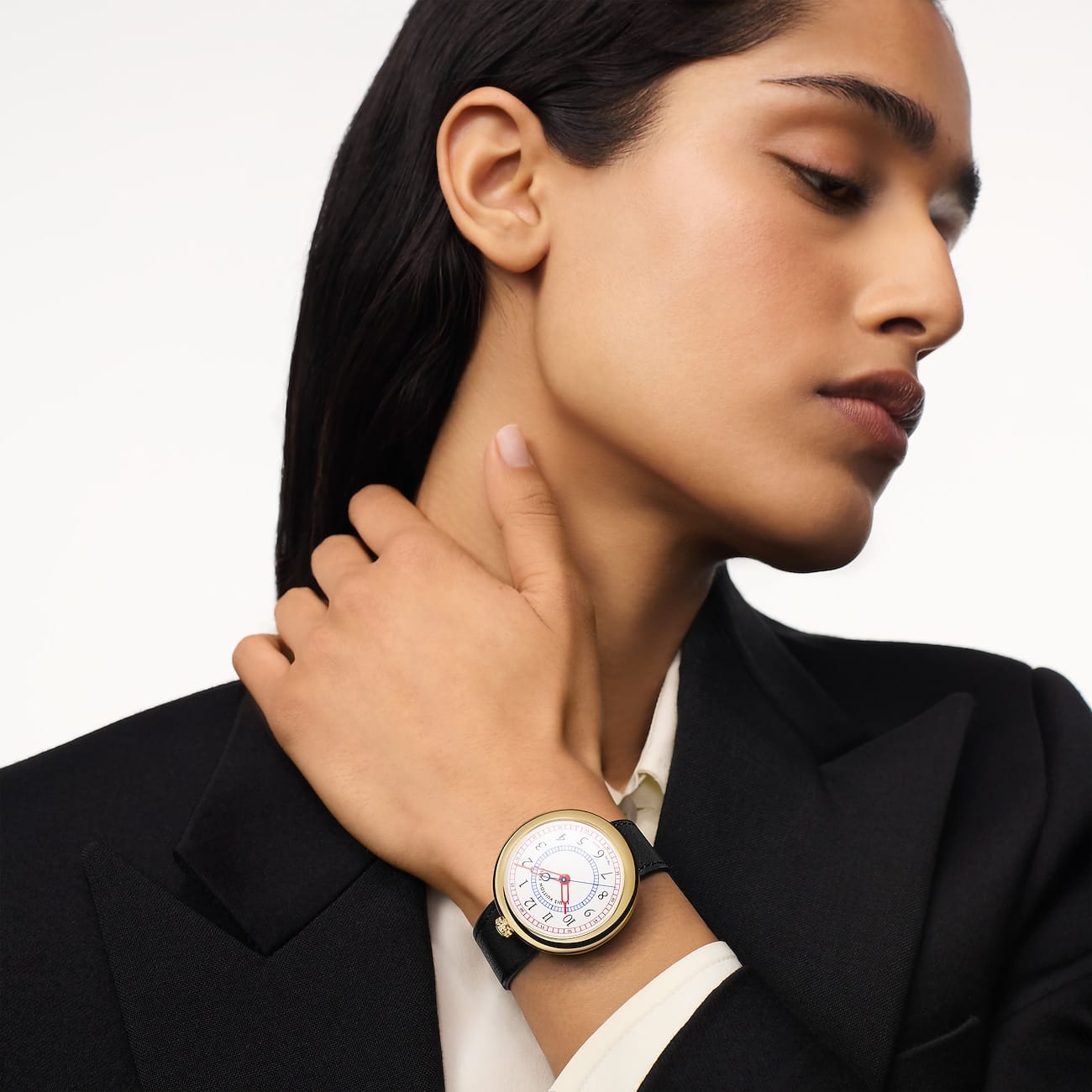
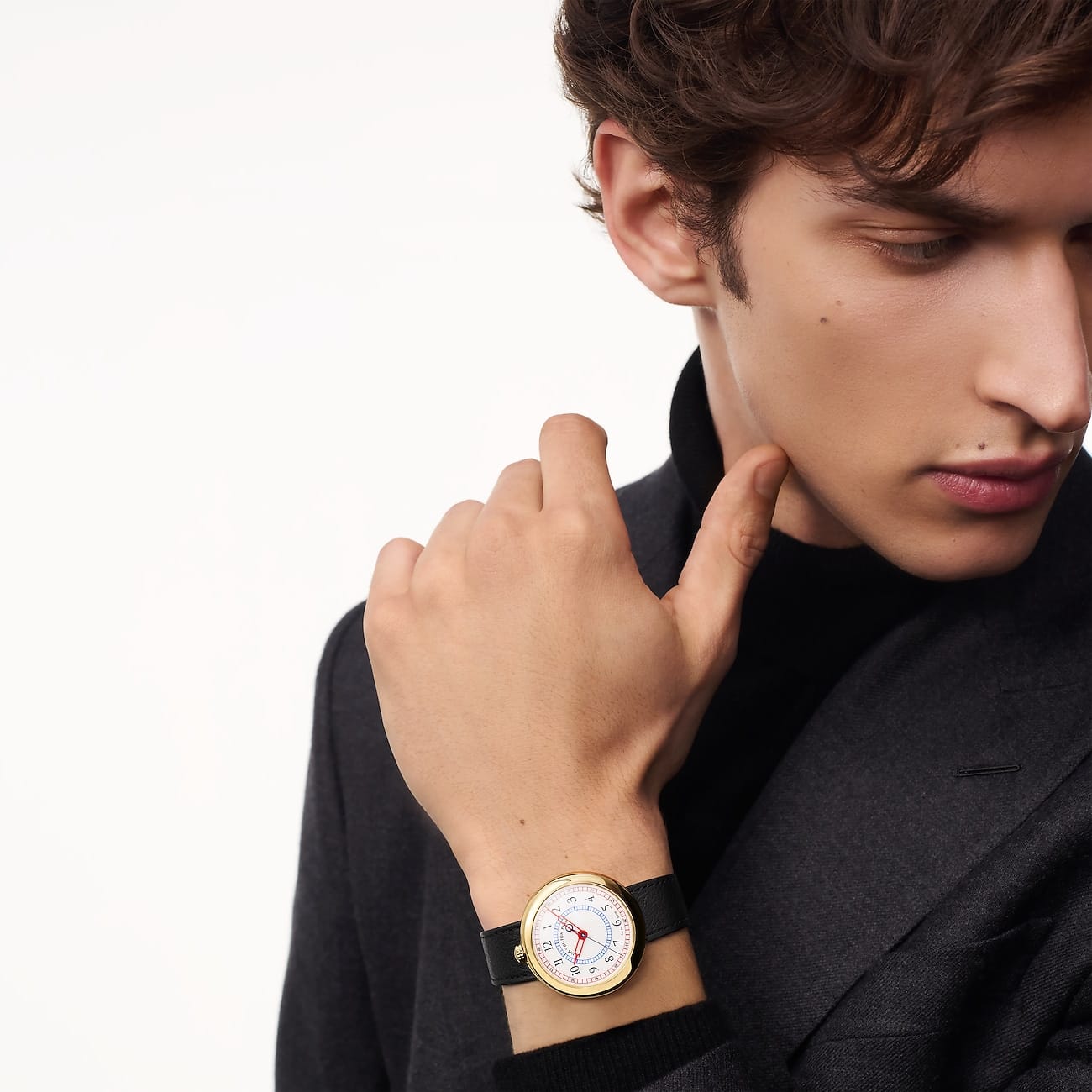
Louis Vuitton
Community and Culture Insight
The Monterey speaks to a culture that values authorship and provenance over hype. It reaches a community that follows architecture, industrial design, and independent watchmaking with equal interest. In this circle, the Monterey is not just a watch but a cultural reference point: a Gae Aulenti design reinterpreted by a fully realized manufacture. It taps into the current collector mindset that seeks design authenticity and long-term value instead of logo-driven novelty.
Differentiation and Unique Selling Point
Louis Vuitton’s differentiation lies in combining aesthetic innovation with true in-house craftsmanship. The Monterey’s uniqueness comes from its cross-disciplinary authorship (an architect designing a watch), its lug-less sculptural case, and its mechanical refinement. Few luxury houses can revisit a 1980s design with both artistic integrity and technical legitimacy. The watch’s limited production, enamel dial, and hand-finishing separate it from fashion-driven watches and from industrial Swiss luxury.
Design Language
The Monterey’s design language is architectural, curved, minimal, tactile, and intentional. The watch functions as a single sculpted volume rather than an assembly of parts. Graphic choices, including precise numerals, primary color accents, and historical typography, link the dial to mid-century design systems and modernist clarity. The enamel technique creates depth instead of gloss, echoing the way Vuitton treats materials in trunks and leather goods. Even the closed caseback, with its discreet engraving, reflects the house’s preference for understatement over display.
The Marketing Pitch
Louis Vuitton’s Monterey is not about nostalgia or branding. It is about authorship, refinement, and the maturation of a design-led philosophy. The pitch is simple: Louis Vuitton’s first watch was ahead of its time, and now the brand’s craftsmanship has caught up with its original idea. This is the moment when design history and watchmaking precision finally meet in one object.
Is It A Winning Pitch?
Would you call it a watch, or a piece of industrial art built to tell time?

